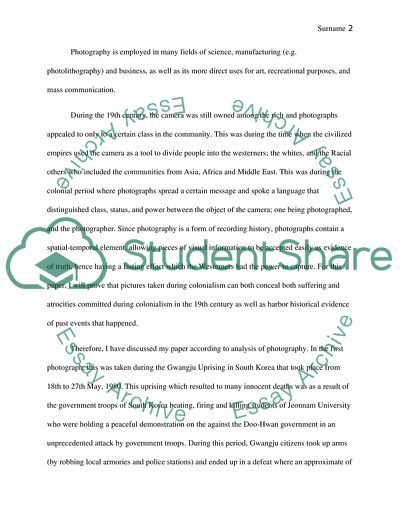Cite this document
(Colonialism, Race and Photography Essay Example | Topics and Well Written Essays - 2750 words, n.d.)
Colonialism, Race and Photography Essay Example | Topics and Well Written Essays - 2750 words. https://studentshare.org/social-science/1851424-colonialism-race-and-photography
Colonialism, Race and Photography Essay Example | Topics and Well Written Essays - 2750 words. https://studentshare.org/social-science/1851424-colonialism-race-and-photography
(Colonialism, Race and Photography Essay Example | Topics and Well Written Essays - 2750 Words)
Colonialism, Race and Photography Essay Example | Topics and Well Written Essays - 2750 Words. https://studentshare.org/social-science/1851424-colonialism-race-and-photography.
Colonialism, Race and Photography Essay Example | Topics and Well Written Essays - 2750 Words. https://studentshare.org/social-science/1851424-colonialism-race-and-photography.
“Colonialism, Race and Photography Essay Example | Topics and Well Written Essays - 2750 Words”. https://studentshare.org/social-science/1851424-colonialism-race-and-photography.


